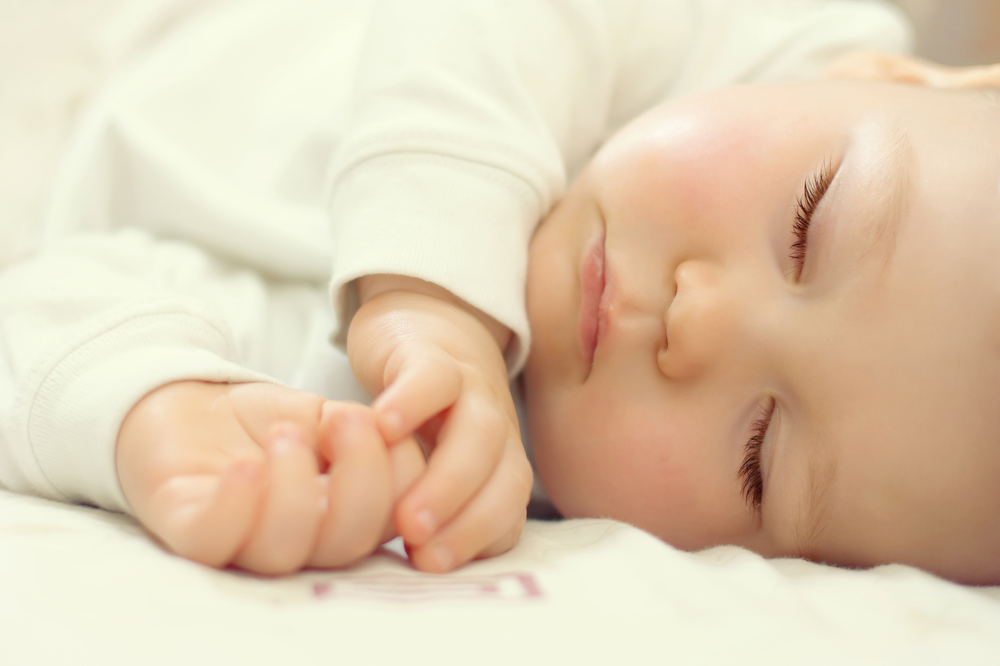Brain-stem Abnormalities May Increase Infants' Risk of SIDS

Infants who unexpectedly die in their sleep may have underlying abnormalities in their brain stems, a new study suggests.
Researchers reviewed information from 50 infants who died of sudden infant death syndrome, or SIDS, a term used when a baby's cause of death cannot be determined, even after a medical investigation.
In some of these SIDS cases, asphyxia (restriction of oxygen) due to unsafe sleeping conditions — such as sleeping face down in a pillow, or sleeping with an adult — could have played a role in the death, while other SIDS cases were determined to not be asphyxia-related, because the sleep environment was safe.
However, all of the babies in the study that died of SIDS — both those in safe and unsafe sleep environments — showed abnormalities in brain-stem chemicals, such as serotonin, compared with babies who died of other (known) causes, the study found. [7 Baby Myths Debunked]
It's thought that brain-stem abnormalities may prevent babies from waking up when they are unable to get sufficient oxygen, the researchers said.
The findings suggest that, if a baby dies in an unsafe sleep environment, the sleeping conditions may not be solely responsible for the death, the researchers said.
"Even the infants dying in unsafe sleep environments had an underlying brain-stem abnormality that likely made them vulnerable to sudden death, if there was any degree of asphyxia," study researcher Dr. Hannah Kinney, a neuropathologist at Boston Children's Hospital, said in a statement.
Sign up for the Live Science daily newsletter now
Get the world’s most fascinating discoveries delivered straight to your inbox.
It's critical that parents follow safe sleep practices, so that vulnerable infants are not exposed to potentially life-threatening situations, the researchers said. Tests should be developed to detect and treat these underlying brain-stem abnormalities, Kinney said.
However, the researchers said they cannot rule out the possibility that babies who died in safe and unsafe sleep environments differed in some way that wasn't accounted for in the study.
The study is published in the December issue of the journal Pediatrics.
Previous research has found that medical examiners may classify deaths (as either SIDS or another cause) differently depending on their level of training and experience. In some cases, not enough information is collected at the scene to properly determine how the baby really died.
Follow Rachael Rettner @RachaelRettner. Follow LiveScience @livescience, Facebook & Google+. Original article on LiveScience.

Rachael is a Live Science contributor, and was a former channel editor and senior writer for Live Science between 2010 and 2022. She has a master's degree in journalism from New York University's Science, Health and Environmental Reporting Program. She also holds a B.S. in molecular biology and an M.S. in biology from the University of California, San Diego. Her work has appeared in Scienceline, The Washington Post and Scientific American.









